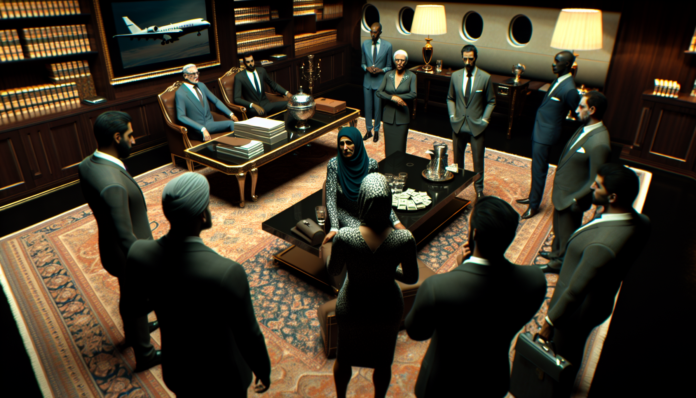Introduction
In the world of politics, few scandals have resonated with the same intensity as the Clinton-Lewinsky affair of the late 1990s. Bill Clinton, the 42nd President of the United States, found himself embroiled in a controversy that not only jeopardized his presidency but also sparked national debates about morality and integrity. At the center of this tempest was Monica Lewinsky, a 22-year-old White House intern. As the details unfurled, they exposed the complexities of power dynamics, societal norms, and the personal lives of those involved.
The late 1990s were a time of shifting moral attitudes. With the advent of the internet, public scandals could spread rapidly, and the line between public and private life began to blur profoundly.
The Scandal
The affair began when Lewinsky, an intern, reportedly had a sexual relationship with Clinton that took place between 1995 and 1997. The scandal escalated when news broke in 1998 regarding a sexual harassment lawsuit filed by Paula Jones, a former Arkansas state employee. As the investigation deepened, it was revealed that Clinton had lied under oath about his relationship with Lewinsky, leading to charges of perjury and obstruction of justice.
Key events included:
- The Starr Report (1998): Independent counsel Kenneth Starr published an extensive report detailing graphic accounts of the affair, including suggestive descriptions of Clinton and Lewinsky’s encounters in the Oval Office.
- National Address: Clinton infamously stated, “I did not have sexual relations with that woman,” before later acknowledging inappropriate behavior, a moment that sparked public debate about honesty and integrity in leadership.
Public reactions ranged from sympathy toward Lewinsky—a young woman caught in a political storm—to strong condemnation of Clinton’s actions, which many viewed as hypocritical given his role as a public moral figure.
Moral and Cultural Analysis
The societal reaction was multifaceted. Supporters of Clinton argued he was being targeted for political gain, while critics claimed he undermined the sanctity of the office. The fervor surrounding the scandal saw:
- Media Frenzy: News outlets were relentless in their coverage, with tabloids and mainstream media alike feasting on every development.
- Feminist Perspectives: Many feminist commentators decried the treatment of Lewinsky, framing her as a victim of a power imbalance rather than a willing participant.
Consequences for those involved were significant:
- Clinton faced impeachment by the House of Representatives, although he was acquitted by the Senate and served out his term.
- Lewinsky’s life changed dramatically; she became a household name and faced public scrutiny that affected her personal and professional life for years.
Fast forward to today, how would the Clinton-Lewinsky scandal be perceived? In an era where the #MeToo movement has empowered discussions around consent and power dynamics, reactions might differ. Many would likely focus on the exploitation inherent in the relationship between an intern and a sitting president, criticizing the power disparity more intensely than during the initial scandal.
In contemporary society, the emphasis on accountability and respect for personal agency could lead to a reevaluation of how affairs like this are reported and addressed, highlighting an evolution in societal values about power and intimacy.
This historic scandal continues to resonate, revealing the intricate ways love, betrayal, and politics intertwine and offering a reflection of changing norms within American society.

